TRACCE Online Rock Art Bulletin 42
––––––––––––––––––> by Footsteps of Man
edited by Le Orme dell’Uomo (Valcamonica – I)
![]()
Una Actualización del Arte Rupestre de Mayasgo-1 (Perú)En noviembre 2016 Daniel Castillo Benítez y María Susana Barrau informaron sobre el sitio de arte rupestre de Mayasgo-1 en el Valle de Carabamba en el norte de Perú. En septiembre de 2017 investigué el mismo sitio y descubrí más petroglifos. Por lo tanto, este artículo ofrece una actualización del artículo de Castillo y Barrau. In November 2016 Daniel Castillo Benítez and María Susana Barrau reported the rock art site of Mayasgo-1 in the Carabamba Valley of northern Peru. In September 2017 I surveyed the same site and discovered more petroglyphs. Therefore this paper offers an update of the report by Castillo and Barrau. by Maarten van Hoek |
‘Petroglifos’ Aviformes Tridimensionales (Perú)This study discusses some rare instances of biomorphic rock formations that also bear petroglyphs, which, in some cases enhance the biomorphic character of the rock. The focus in this study is on the Sacred Sitting Bird at Cerro La Puntilla in northern Peru. Este estudio discute algunos casos raros de formaciones rocosas biomórficas que también tienen petroglifos, que, en algunos casos, mejoran el carácter biomórfico de la roca. El enfoque en este estudio está en el Ave Sagrado Sentado en Cerro La Puntilla en el norte de Perú. by Maarten van Hoek |
Un Sitio Rupestre Poco Conocido en Chicama, PerúEn el Valle de Chicama en el norte de Perú hay muchos sitios de arte rupestre. Más de 20 sitios han sido reportados en esta cuenca (Castillo Benites 2006). Sin embargo, hay sólo unos pocos sitios que tienen un gran número de paneles con petroglifos. La mayoría de los otros sitios de la cuenca de Chicama tienen sólo uno o algunos paneles de petroglifos y la mayoría de ellos son poco conocidos. Este artículo se trata de un sitio poco conocido en Chicama. by Maarten van Hoek |
Aiapaec in Andean Rock Art ?Aiapaec probably was the supreme divinity of the Mochica pantheon, an ancient civilisation that emerged in the coastal strip of northern Peru. There are numerous often much differing depictions of full zoo-anthropomorphic figures and – especially – of isolated heads in the Huaca de la Luna near Trujillo that are said to represent Aiapaec. In view of the importance of Aiapaec in this part of Peru it is extraordinary that there are no unambiguous depictions of undeniable Moche origin of this personage in Andean rock art. This paper discusses that problem and describes seven petroglyphs that might symbolise Aiapaec. by Maarten van Hoek |
Actualización del arte rupestre de Cojitambo, PerúLa única descripción “científica” publicada sobre el sitio de arte rupestre de Cojitambo en el valle del Río Chicama, norte de Perú, es del arqueólogo académico Castillo Benites de Trujillo, Perú (2006). Su breve publicación tenía una necesidad desesperada de ser revisada. Este artículo ofrece una actualización de tres paneles en Cojitambo. The only ‘scientific’ description published about the rock art site of Cojitambo in the valley of the Río Chicama, northern Peru, is by academic archaeologist Castillo Benites from Trujillo Peru (2006). His brief publication was in desperate need to be revised. This article offers an update of three panels at Cojitambo. by Maarten van Hoek |
Personajes de rango y emblemas de poder – PerúEl autor – Rainer Hostnig, con residencia en Cusco, Perú – realiza una síntesis comparativa de representaciones del sitio rupestre recientemente registrado de Ñawpakachi (y los demás yacimientos rupestres en el Valle Sagrado, Perú) con figuras grandes de personajes de la élite inca o sus abstracciones en forma de escudos o unkus. The author – Rainer Hostnig, who resides in Cusco, Peru – performs a comparative synthesis of representations of the recently recorded rock art site of Ñawpakachi (and other sites in the Sacred Valley, Peru) featuring large figures of Inca dignitaries or their abstractions in the form of shields or ‘unkus’. by Maarten van Hoek |
Actualización del arte rupestre en la cuenca del río VirúThe paper by Daniel Castillo Benites from Peru and María Susana Barrau from Argentina (2016) offers an excellent overview regarding the rock art of the Virú drainage in northern Peru. Yet there are some flaws. El trabajo de Daniel Castillo Benites (de Perú) y María Susana Barrau (de Argentina) (2016) ofrece una excelente visión general del arte rupestre en la cuenca del río Virú en el norte del Perú. Sin embargo, hay algunas fallas. by Maarten van Hoek |
Up-Dating the Rock Art of Quebrada del Felino, PeruEste trabajo investiga el arte rupestre en el Valle de Jequetepeque en el norte de Perú. Se centra en el sitio de Quebrada del Felino. El artículo actualiza la información que se publicó anteriormente y se centra en establecer la fecha de varias imágenes en el Quebrada del Felino. This paper focuses on the rock art site of Quebrada del Felino in the Valley of the Jequetepeque in northern Peru. The paper updates the information that was published earlier and focuses on the dating issue of some images at Quebrada del Felino. by Maarten van Hoek |
Petroglifos en Yarabamba, Perú: ¿Aplacandos los Apus?El tema principal de este artículo es la relación entre ciertos petroglifos en el Valle de Yarabamba, sur de Perú, y el volcán El Misti. Para explicar esta relación se discutirán dos tipos de petroglifos en el sitio de Alto de San Antonio en el Valle de Yarabamba. The main subject of this article is the relationship between certain petroglyphs in the Yarabamba Valley, southern Peru, and the volcano Misti. In order to explain this relationship I will discuss two types of images that are found at the rock art site of Alto de San Antonio in the Yarabamba Valley. by Maarten van Hoek |
Petroglifos Únicos en Ariquilda, ChileEste trabajo investiga el arte rupestre en el Valle de Jequetepeque en el norte de Perú. Se centra en el sitio de Quebrada del Felino. El artículo actualiza la información que se publicó anteriormente y se centra en establecer la fecha de varias imágenes en el Quebrada del Felino. This paper focuses on the rock art site of Quebrada del Felino in the Valley of the Jequetepeque in northern Peru. The paper updates the information that was published earlier and focuses on the dating issue of some images at Quebrada del Felino. by Maarten van Hoek |
TRACCE Online Rock Art Bulletin 42 December 2017 |
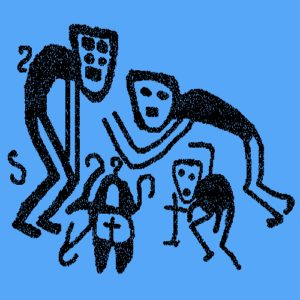
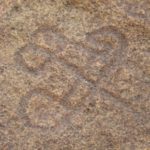

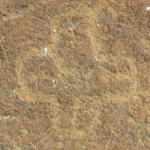
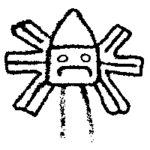
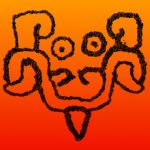
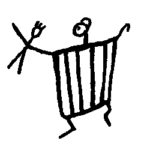

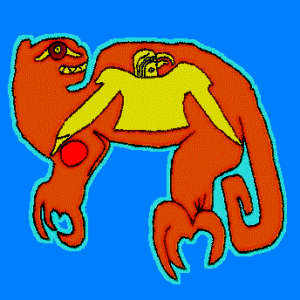
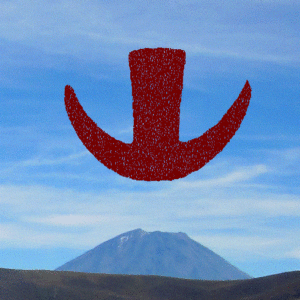
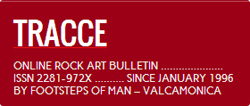
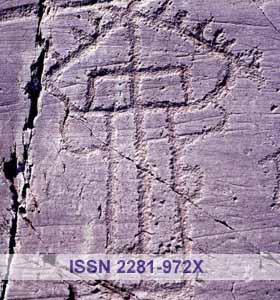













Leave a Reply